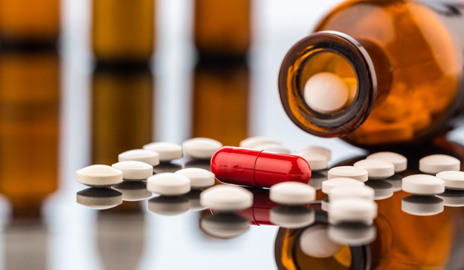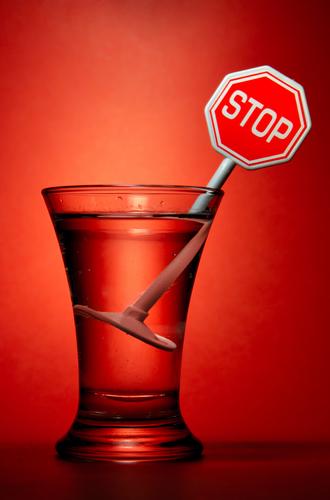Prescription drug abuse in this generation

Prescription drug abuse in this generation can be addressed by exploring alternative treatment for addiction that works effectively for all medications
Prescription drug abuse in this generation: Leaving no stone unturned
For a very long time people did not take seriously that prescription drugs could be abused since they are endorsed by medical doctors. But thing are changing and currently prescription drugs abuse has become one of the serious problem people are dealing with sometimes even more than most of the street drugs. We totally agree that painkillers, tranquilizers, antidepressants, sleeping pills and stimulants may appear “safe” due to the fact that they are being prescribed by doctors, however, they can be just as addictive and potent as the heroin or cocaine sold on the street. The painkiller OxyContin, for example, is as powerful as heroin and affects the body in the same way. Continued use of painkillers, depressants (“downers”), stimulants (“uppers”) or antidepressants can lead to addiction—and painful withdrawal symptoms for those who try to quit. The following is a brief explation about some of the inhalants listed above:
Painkillers: OxyContin, Fentanyl, morphine, Percodan, Demerol are a few of a long list of painkillers. Effects can include slowed breathing, nausea and unconsciousness. Abuse can lead to addiction.
Depressants: These drugs, which slow down your brain and nervous system functions, include Xanax, Zyprexa, Amytal, Seconal, Valium and many others. Effects can include heart problems, weight gain, fatigue and slurred speech. Continued use can lead to addiction.
Stimulants: These drugs speed up your heart rate and breathing, similar to “speed” or cocaine. They include Ritalin, Adderall, Concerta and drugs known as “bennies.” Effects include increased blood pressure and heartbeat, hostility and paranoia.
Antidepressants: Prozac, Paxil, Zoloft and Celexa are some of the commonly used antidepressants. Effects can include irregular heartbeat, paranoid reactions, violent or suicidal thoughts and hallucinations. Long-term use can lead to addiction.
It will interest you to note that currently as things stand, painkillers, depressants and antidepressants are responsible for more overdose deaths in the United States than cocaine, heroin, methamphetamine and amphetamines combined.
Prescription drug abuse in this generation: Lysergic acid diethylamide (LSD)
LSD is sold in tablets, capsules or in liquid form. It is commonly added to absorbent paper and divided into small decorated squares. Each square is a dose. LSD is still one of the most potent mood-changing chemicals and is derived from the extremely poisonous ergot fungus, a mold which grows on rye and other grains. Its effects are unpredictable. A tiny amount can produce 12 hours or more of effects.
Prescription drug abuse in this generation: Effects of LSD
Dilated pupils, higher body temperature, increased heart rate and blood pressure, sweating, loss of appetite, sleeplessness, dry mouth and tremors. People can experience severe, terrifying thoughts and feelings, fear of losing control, fear of insanity and death and feelings of despair while using LSD. Flashbacks, or recurrences, of an LSD “trip” can be experienced long after the drug is taken and its effect has apparently worn off. The “trip” itself usually begins to clear up after about 12 hours, but some users manifest long-lasting psychoses. All these put together can only be a good motivation for you to changer your way of thinking towards prescription drugs and LSD with a view of seeking for treatment immediately from the experts at AWAREmed Health and Wellness Resource Center today.
Prescription drug abuse in this generation: Leaving no stone unturned
http://www.awaremednetwork.com/








